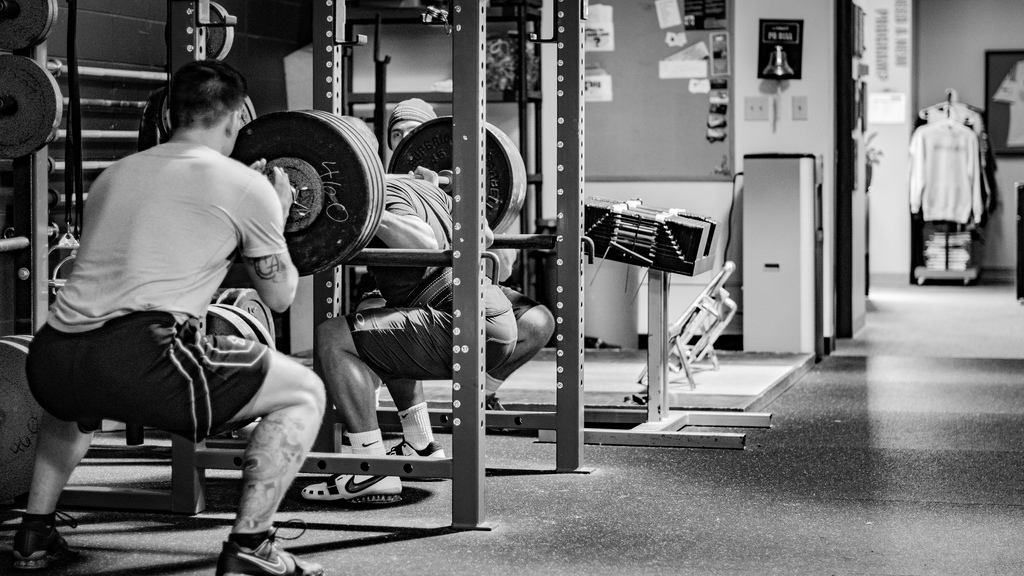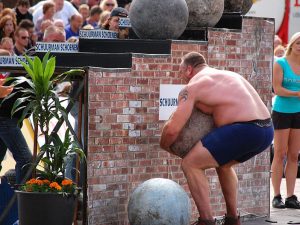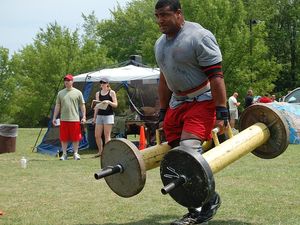Whoever trains the longest, becomes the fittest and strongest. Admittedly, this is where I have fallen short several times in my own training, hence why I have decided to write an article on it, to remind myself and others, as to why training consistency is arguably the most important component of training success.
1,000,000 MILES AND HOUR
Society nowadays is pegged on the ideology that results can be achieved within the blink of an eye. Leading everyone to subconsciously believe that if they don’t have their “dream body” in the next 4 weeks then they have failed.
Trust me (or just take the literature and science instead of my own word), truly influential results take time, striking a fine balance between training and recovery. Whilst there are several ways of speeding up your results, the concept of “more sets, more reps” or “time = results” just isn’t true and unfortunately…it isn’t that simple. Training consistency is of a higher priority.
It is factual, that when it comes to training your body can only adapt to what you can recover from in a set time frame. Everything else done after that, is either diminishing returns or asking for an injury.
This is reflected by research showing that in some populations, a moderate in session training volume was more effective than a high volume protocol (3). Sometimes, taking a step back and being patient is the best thing for your results.
MOTIVATION – INJURY CYCLE
This is the biggest issue I see month to month, day to day with gym goers. Let’s use an example of an imaginary young man named Jack. Jack is motivated to achieve an improved fitness and strength level due to wanting to beat his previous best in a 10k race, after not competing or even training in over 3 years. There is a regional competition in the next 6 weeks and then there isn’t another one for the next 8 months after that, he must get in the first one! He ups his gym training to 6 times a week, adding a fitness class and 1 cardio session, going from just 2 training sessions earlier.
He ups his gym training to 6 times a week, adding a fitness class and 1 cardio session, going from just 2 training sessions earlier.
Everything goes well for around 4-5 weeks, leading right up to the competition. And then on his penultimate training session, something gives way in his ankle, leading to a significant sprain. He is forced to pull out of the competition. Due to feeling sorry for himself and simply not having an external goal anymore, his training returns to an occasional twice a week.
6 months later, his motivation is back and burning. He ups his training in anticipation for the competition; this time being aware of saving his ankles. The week before, he tweaks his back. Why him, right?
CHANGE YOUR MINDSET
It is often difficult to adhere to the principle of training consistency and stay motivated when your body seems to be giving up on you due to illness, injury or lack of progress. However, the issue lies within the mindset you approach your training with. The idea of more being better and simply “putting in the hours” is the problem.
There are several cliché sayings that people will already know of such as, “Don’t run before you can walk”. Think about it logically, if you decided one day that you wanted to become a formula 1 driver, would you go and get in a high performance F1 car and drive at full speed?
No, it would be dangerous. You build up to it one step at a time. Your body is also a vehicle that you must learn how to control. On top of this the idea behind a quick fix often leads to drastic increases in training, in a short space of time.
It only takes a quick scan to find that the research shows the “rate of change” of training volume (total exposure to training/physical stressors) has been linked to an increased risk of injury (1, 2).
TORTOISE vs. THE HARE – Which Would you Rather be?
 Think about any training program that ignites rapid progress. We’ll take the world famous Smolov Jr. Squat Program. An insane amount of volume, frequency, specificity and intensity, often resulting in adding upwards of 20kg on your squat in under 8 weeks. Remarkable.
Think about any training program that ignites rapid progress. We’ll take the world famous Smolov Jr. Squat Program. An insane amount of volume, frequency, specificity and intensity, often resulting in adding upwards of 20kg on your squat in under 8 weeks. Remarkable.
However, what happens after your PB?
If you’re one of the lucky few to complete the full cycle without getting hurt, you will ultimately cease the program and find something new. Then what? Your squat will decrease again. Granted, it may be higher than it was initially, but you will struggle to retain the full extent of your progress.
Was the temporary progress worth the injury risk? That is your decision/the decision of your coach. By no means am I stating Smolov is a bad thing, simply making sure that you keep in mind the balance between rate of progress and potential for injury risk and whether or not you NEED the extra 10kg on your squat in under 8 weeks.

However, what does every program rely on, irrespective of the speed of gains? Training consistency. This is where the old tale of the tortoise and the hare rings true!
Progress in all walks of life, but particularly in training, should be small but consistent; not large and temporary.
EMULATE THE SUCCESSFUL
Due to being social beings, we often interact with those around us and carry out similar conversations that are often unintentionally toxic to our behavioural patterns. Ask yourself this, when you know there is something sub-optimal/unhealthy in your diet/training, how quickly do you compare yourself to those around you? The number of times I have heard, “Well I drink every now and again, but not as much as other people”.
As a result, whether they like it or not, it is a vicious cycle in which people base their behaviours off their friends/workmates etc. instead of looking to the behaviours of those who have already achieved what they aspire to. Why don’t people replicate the behaviours of athletes/top business men? They think it’s unachievable, but is this the case?
Look at any successful athlete… I can 100% guarantee that the most successful in absolutely any sport or scenario (except for odd one or two), will attribute most of their success to one thing: training consistency. Usain Bolt didn’t decide that he wanted to be the fastest man alive a few months before the 2008 Beijing Olympics. Nor did he decide at the start of his Olympic prep. Try over a decade earlier.
ENJOY THE PROCESS
Training consistency is essential. Although I believe that strength training is the one form that absolutely everyone should pursue, any type of exercise is better than none. It’s part of a healthy life and in my opinion, should be deemed the same as going to sleep, working and eating. It’s something the human body needs to stay healthy. We need to move, stay lean and become strong in the long term.
So why is it so important that your results must come in the next 6 weeks if it’s going to disappear 2 weeks after? Take your time, be consistent and reap the rewards.
REFERENCE LIST:
- Bowen, L., Gross, A. S., Gimpel, M., & Li, F. X. (2016). Accumulated workloads and the acute: chronic workload ratio relate to injury risk in elite youth football players. Br J Sports Med, bjsports-2015
- Gianoudis, J., Webster, K. E., & Cook, J. (2008). Volume of physical activity and injury occurrence in young basketball players. Journal of sports science & medicine, 7(1), 139
- González-Badillo, J. J., Izquierdo, M., & Gorostiaga, E. M. (2006). Moderate volume of high relative training intensity produces greater strength gains compared with low and high volumes in competitive weightlifters. Journal of strength and conditioning research, 20(1), 73





